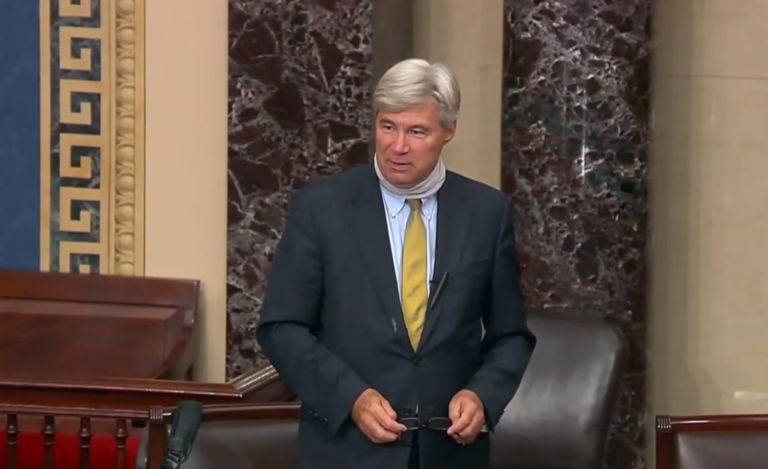A new study this week estimated that North Carolina’s Renewable Energy and Energy Efficiency Portfolio Standards (RPS) has increased electricity costs by $276 million, and that the bulk of those costs are concentrated on commercial electricity consumers and residential consumers, and significantly less on industrial consumers.
The study, by a team of investigators at Strata Policy of Logan, Utah, and the Institute of Political Economy at Utah State University, also underscored two key facts:
- This effect is mostly "with a REPS mandate that only reaches 3.0% of total electricity sales in 2012." As the mandate increases over the next few years (up to 12.5 percent by 2021), these price effects will become greater and more burdensome.
- The price effects are being mitigated by the Cost Recovery Rider (CRR), which sets caps on how much utilities can charge to recoup their compliance costs from consumers. As the RPS requirements ramp up, however, they will crash into the CRR.
Policymakers will soon be forced to choose between freezing the RPS mandate or, much worse for consumers, raising the caps. Under this scenario, commercial electricity customers would face much higher rates, "posing a potential threat to the competitiveness of North Carolina’s commercial business base."
Electricity is a critically important good, and its prices have significant effects on household and business incomes and purchasing power. Renewable energy sources (especially nondispatchable sources such as solar and wind) are more expensive than conventional sources. Mandating their use imposes higher costs on businesses and households, demanding resources that otherwise would go into more productive uses throughout the economy.
Arbitrarily creating price increases in a basic necessity such as electricity will have negative repercussions. It will cost consumers personal income, it will keep businesses from expanding as much, it will curtail consumer spending, it will harm state employment and investment, and so forth.
Jobs, income effects overstated
There really is no question about the negative direction of the economic effects of the RPS mandate. Unfortunately, the methodology employed in the Strata/USU study, while eye-opening in the aggregate case against RPS mandates, is not helpful for pinpointing the exact effects of North Carolina’s mandate on North Carolinians’ incomes and employment.
Using state coincident indices used by the Federal Reserve Bank of Philadelphia, the study estimates the long-run effects of state RPS mandates on electricity sales, real personal income, and employment. It then takes those aggregate findings and applies them to a particular state, in this case of course North Carolina.
The problem with that is that it appears not to account for the varying degrees of different state RPS mandates. North Carolina’s mandate is not as oppressive as many other states’ mandates are. So the study’s touted results of 23,769 fewer jobs and $3,870 less income per family is likely overstated.
Analysis by the Beacon Hill Institute (BHI) of Suffolk University in 2009 of North Carolina’s RPS mandate estimated by the time of the mandate’s full imposition, there would be a decline in employment of 3,592 jobs and a decline in real disposable income of (in 2009 dollars) $56.8 million.
It is important to note that those BHI estimates were done under the assumption of cost caps in place.
Looming fight over the cost caps threatens the state’s economy and poor
There was considerable question even then, however, that the cost caps would be tenable as the RPS mandate increased. So BHI ran estimates without the caps.
Under the scenario with the caps removed, the economic effects would be dramatically bad. Employment would be down 15,373 jobs by 2021 and real disposable income would be down (again, 2009 dollars) $271.1 million.
The prospect of policymakers getting rid of the cost caps to keep the RPS mandate hangs over North Carolina’s economy like a Sword of Damocles. At stake is not only the future competitiveness of North Carolina’s business climate, but also the quality of life for North Carolina’s poor.
Not to mention that voters have repeatedly signaled their opposition to being forced to pay more for electricity than they have to.
Addendum
I have maintained a chart of studies’ findings of negative economic effects of various state RPS mandates, including the BHI study for North Carolina, and putting all their dollar findings in same-year (2013) dollars. Here is the most recent version of that chart (click for a larger image):
Click here for the Rights & Regulation Update archive.
You can unsubscribe to this and all future e-mails from the John Locke Foundation by clicking the "Manage Subscriptions" button at the top of this newsletter.



